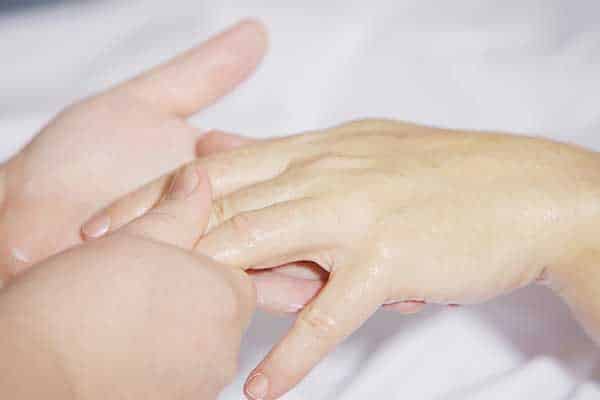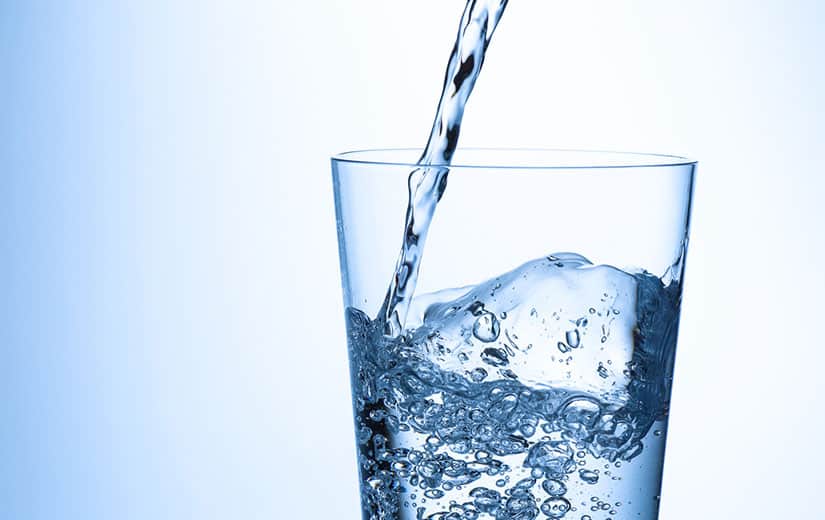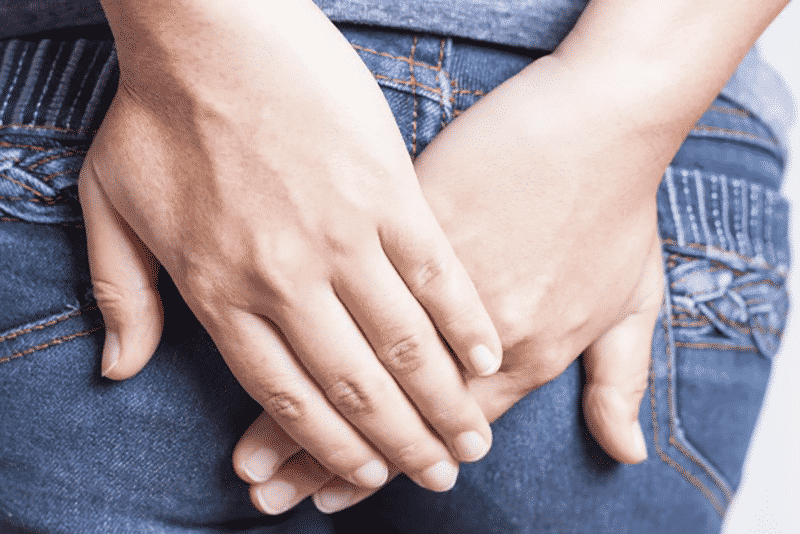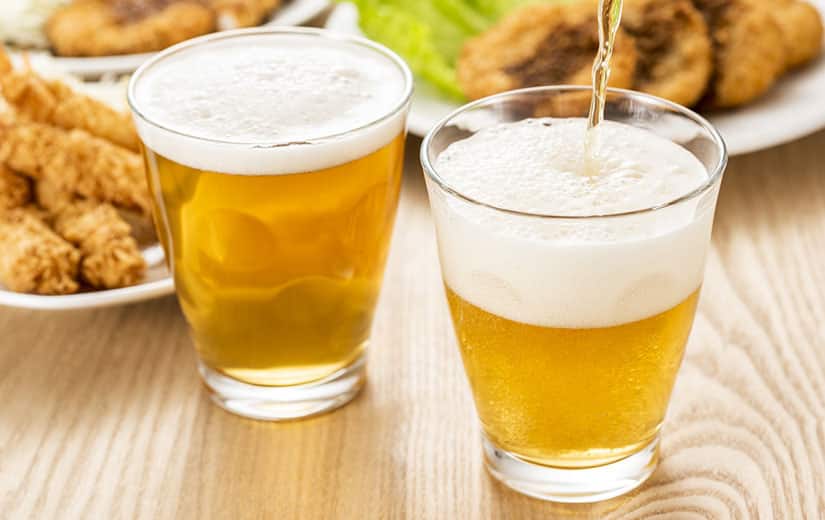Paronychia, also called “white pain” is an inflammation of a finger or a toe. Find out how this infection manifests itself and what home remedies can cure it. Follow our advice to overcome a paronychia and find a healthy nail.
Summary
What is a paronychia?
A paronychia is a skin infection of a finger or toe. It is most frequently located under the nail, under the edge of a nail or at the level of the pulp of a finger. In this case, we speak of superficial paronychia.
More rarely, deep paronychia reaches the tendon sheath on the second or first phalanx. This then makes it difficult to bend the fingers and shooting pains appear.
The causes
Paronychia is caused by bacteria. Usually it is Staphylococcus aureus. This most often occurs when one causes an abscess by tearing the skin on the edge of the nails. But, a splinter or a thorn can also be the cause of whitlow.
On the other hand, certain professions (cooks, fishermen, butchers, etc.) can contract erysipeloid whitlow. It is rare but possible. This paronychia results from red mullet disease in pigs. It is a bacterial infection caused by a bite or wound after contact with an animal. In this case, taking an antibiotic is mandatory.
Natural treatments for paronychia
Antiseptic baths
To treat mild paronychia, dip your finger or toe in a bath of warm water and coarse salt. The operation must be repeated several times a day.
Note: you can also replace coarse salt with bleach to ripen the paronychia.
If the paronychia turns out to be too deep, taking antibiotics is necessary and surgery must be performed. The surgeon excises the infected part, removes the pus and cleans the wound.
In all cases, deep paronychia must be treated urgently because the infection can extend to the phalanx bone. And the amputation of a finger or a toe proves necessary in certain situations, in order to avoid gangrene. However, this complication remains very rare.
The good gestures
To avoid whitlow, you must follow some simple rules:
- do not bite your nails;
- stop tearing the skin around the fingernails;
- cut the small skins (the cravings) cleanly with scissors.
Namely: whitlow is transmitted. So be vigilant in the kitchen to avoid contagion through food. Do not touch food with your infected finger.
Essential oils
Use antibacterial thyme essential oil. In a bottle, mix 1 ml of linalool thyme, 1 ml of niaouli essential oil, 1 ml of Ho wood, 1 ml of aspic lavender, 1 ml of wild thyme EO. You can also supplement with vegetable oil of white lily.
Then apply the solution (a few drops) on the evil, up to three times a day. Wash your hands well before and after each operation.
milk and garlic
As soon as the first signs of whitlow appear, boil milk with garlic. Soak bread crumbs in the solution and then apply to the « white sore ». Then bandage your finger or toe, letting it sit overnight.
The operation can be repeated as many times as necessary.
onion
Plunge a whole peeled onion into simmering water. Wait a quarter of an hour, then remove the onion from the water. Open it whole and let cool. Once lukewarm, place your finger or toe between the two portions.
Repeat the operation if necessary.
turpentine
Mix turpentine, egg yolk and salt in equal proportions. Then apply to your paronychia for half an hour, three times a day.
More natural treatments:
- 7 natural treatments for warts
- 7 Natural Acne Treatments
- 7 Natural Psoriasis Treatments
- 7 Natural Lice Treatments
- 3 natural treatments for scabies
- 11 Natural Constipation Treatments
- 9 natural treatments for angina
- 13 Natural Asthma Treatments
- 7 natural treatments for anemia
- 8 natural treatments for anxiety
- 9 treatments for heartburn
- 11 natural treatments for canker sores




